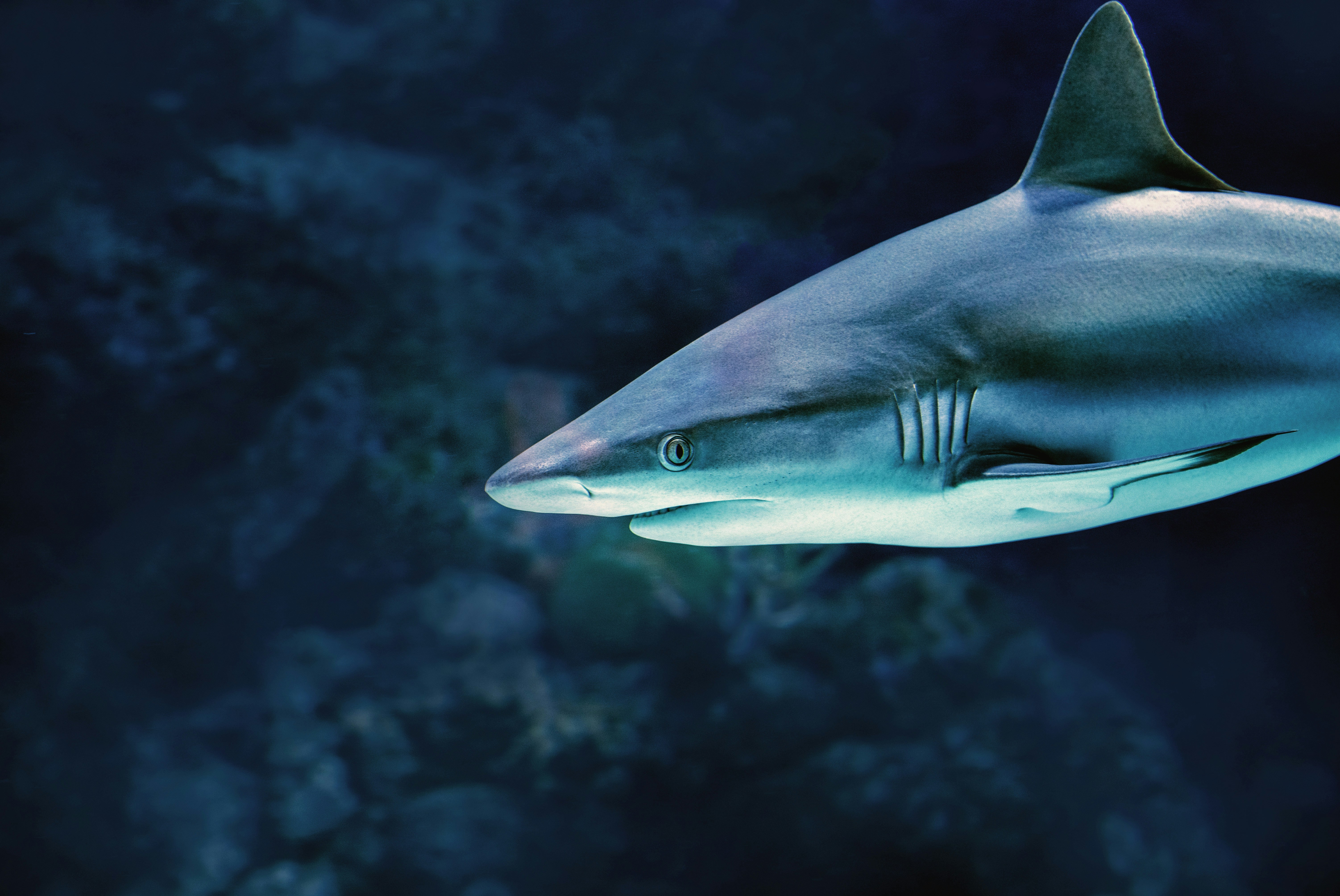
Despite their ‘loner’ reputation, some sharks form social groups with bonds that can last for years
A new study of 41 grey reef sharks shows that they hunt with the same group for years but are more ‘associates’ rather than friends, according to new research by scientists in Hawaii.
They are not friends in the sense of having any emotional bond with each other. Instead, the researchers prefer to say the sharks who group together are ‘associates’
Yannis Papastamatiou, director of the Predator Ecology and Conservation Lab at Florida International University
Tracking tags and cameras strapped to the sharks’ fins show them hanging out with the same group of peers every day. They spend their days together on coral reefs, and then swim out to the open ocean at night to hunt.
This suggests that the animals can not only recognise each other, but also choose to keep in touch.

To track the sharks’ daily routines, the researchers caught 41 sharks near Palmyra Atoll, an island in the central Pacific surrounded by coral reefs. Each shark was outfitted with a small location transmitter, which sent an identifiable signal if a shark approached one of the 65 receivers scattered strategically around the reef.

The researchers also attached cameras to two of the sharks and they found that some of the sharks maintained a stable social group for the entire four-year duration of the study. The groups ranged from just a couple sharks to larger crews of 20. (A group of sharks is called a shiver, by the way.)
I like to talk about their ‘secret social lives’ not because they want it to be a secret, but because only recently have we developed the tools to start seeing and understanding their social lives
Yannis Papastamatiou, director of the Predator Ecology and Conservation Lab at Florida International University
Each night, the sharks swam into the open ocean to hunt, away from the receivers that tracked their locations. Then, the sharks returned each morning, and the size of their group grew as they congregated at the reef until they dispersed again the next night.

The researchers suspect that by spending their time in groups, the sharks are improving their chances of a successful hunt.
The sharks strategy might look something like this: “If we hang out together and I see something, then you can come and try and take advantage of that,” Says Papastamatiou. “And alternatively, if you see something, then I can try and take advantage of that.”
The sharks didn’t show signs of actively cooperating. But if one shark misses its target, another shark could have a better chance of eating if it followed the first shark to its prey. Even if a shark loses its meal to one of its associates, it would be able to follow along and get another chance at dinner later in the night.

Grey reef sharks aren’t the first shark shown to have a social side but other species, like the hammerhead shark, prefer to be alone.